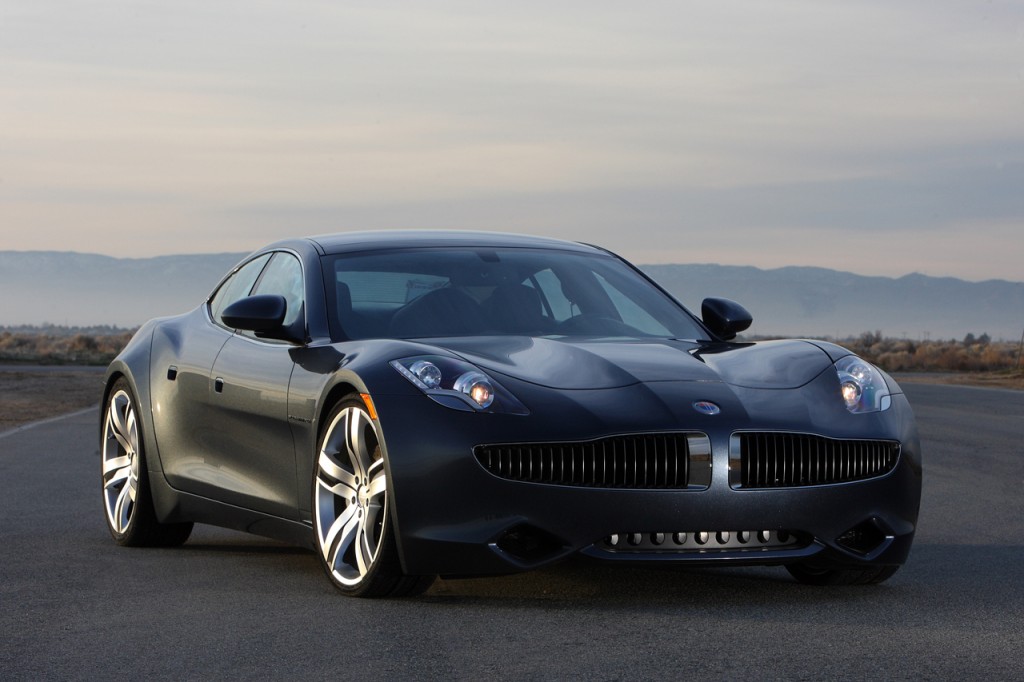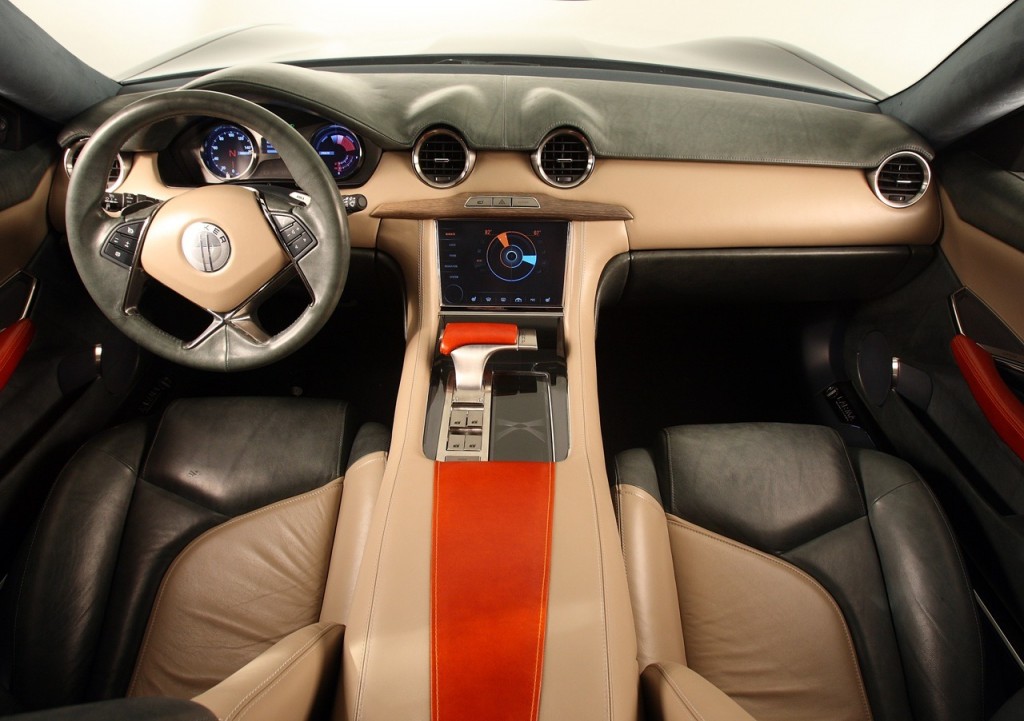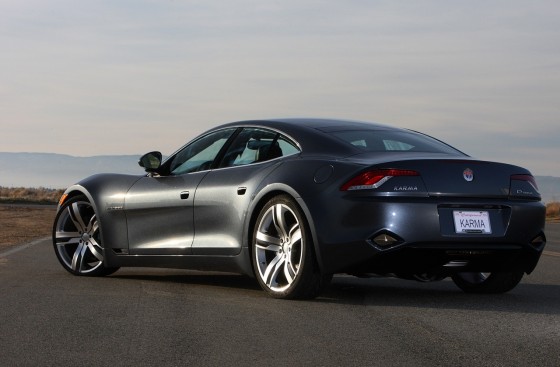The past 10 years have marked the beginning of a period of unavoidable change in the automotive industry. We have been ushered into an age of fright. Governments, corporations, scientists and others in power positions are adamant that we are running out of fossil fuels and need to come up with ways to both maximize efficiency and come up with all new ways to power the vehicles that move us.
We’re not here to argue whether or not they are right, or even whether or not it is a legitimate concern. However, it should be noted that whether we like it or not, a change has happened in the way that manufacturers develop and sell cars.
The first electric and hybrid models to hit the market were slow, cheap, and ugly. As time progressed, however, carmakers started to really play with their engineering capabilities and make performance cars with fuel efficiency to boot. The all-electric Tesla was one of the first to push the envelope – but a 100% electric two-seater convertible is not practical for the family man with a desire for fuel economy and some spare cargo.
Enter the Fisker Karma. Funded primarily by your tax dollars, the Department of Energy along with some private equity investors have promised nearly a billion dollars to the development and construction of the Fisker brand and specifically the 4-door luxury Karma sedan.
Fisker boasts an EPA estimated 52 MPG from its 2.0-liter turbocharged engine combined with two 150kW/650Nm electric motors. Priced just over $100,000 in the US for a base model, the Karma is certainly meant to be a fuel-efficient luxury alternative for the 1%.
Unfortunately, the 1% is not as frantic about fuel economy as the proletariat. Due to their failure to meet sales and production numbers in their contract with the Department of Energy, their Government funding was cut off in May. Finally out of DOE money and running lean on cash from private investors, Fisker was forced to halt production and lay off 26 workers from their Delaware plant last week.
Adding insult to injury, Fisker also laid off over 40 engineers from their team at the Anaheim headquarters. The manufacturer remains confident that they will be able to salvage the brand, stating that they are working on renegotiating their funding with the DOE as well as seeking out more private investors.
Fisker’s trouble brings to light an important marker amidst this automotive culture shift. Even though entry and mid-level fuel-efficient cars are doing well on the sales floor, the degradation of Fisker is a clear sign that buyers in the high-end market are not waiting in line for a fuel-efficient sports sedan… yet. The question is: what will it take?


